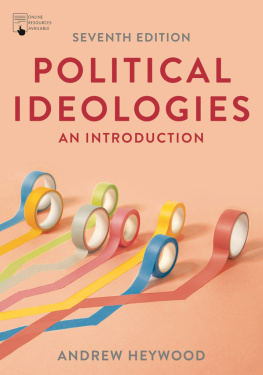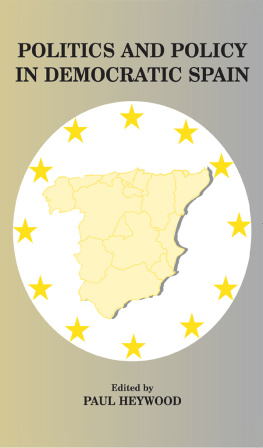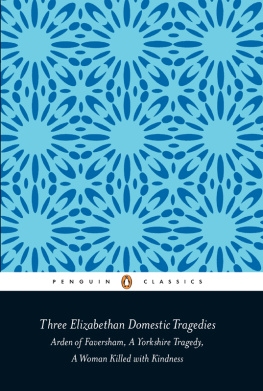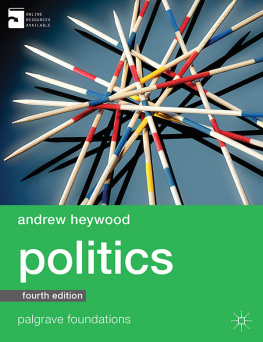THE BOOKSHOP AT 10 CURZON STREET
Letters between Nancy Mitford and Heywood Hill 195273
EDITED BY JOHN SAUMAREZ SMITH

THE BOOKSHOP AT 10 CURZON STREET
First published in 2004
by Frances Lincoln Ltd,
7477 White Lion Street,
London N1 9PF
www.franceslincoln.com
This eBook edition first published in 2014
Introduction and notes
2004, 2014 John Saumarez Smith
Mitford letters 2004 The Estate of Nancy Mitford
Hill letters 2004 The Hill Family
Edited and designed by Jane Havell
All rights reserved
This eBook is copyright material and must not be copied, reproduced, transferred, distributed, leased, licensed or publicly performed or used in any way except as specifically permitted in writing by the publishers, as allowed under the terms and conditions under which it was purchased or as strictly permitted by applicable copyright law. Any unauthorised distribution or use of this text may be a direct infringement of the authors and publishers rights, and those responsible may be liable in law accordingly
eBook conversion by Quayside Publishing Group
Digital edition: 978-1-7810-1163-8
Softcover edition: 978-0-71122-566-4
CONTENTS
INTRODUCTION
Nancy Mitford came to work in Heywood Hills bookshop in March 1942. Between then and her death in 1973 she wrote letters to him, three hundred of which survive; they are the core of this book, selected for their entertainment value and timed to coincide with the centenary of her birth in 1904. Heywood wrote as regularly to her, but she did not keep those letters, with a single exception, until 1952. I have therefore summarised the period of the correspondence that covers the first ten years. Thereafter it is easier to work out what is missing and to get the flavour of their two-way affection.
Nancy Mitfords letters have been published in two collections, Love From Nancy (1993), and The Letters of Nancy Mitford and Evelyn Waugh (1996), both admirably edited by Charlotte Mosley. They give a cheerful, often hilarious, picture of her lives in London and Paris, with an editorial balance kept between the social and literary elements. This present selection has no biographical purpose to tell the events of her life through her letters; it concentrates on the relationship she had with a bookshop and its owner. When she worked there, she was under extraordinary pressure but she very much enjoyed the experience. Without her the business might well have failed in the latter years of the Second World War. When the war was over, she published The Pursuit of Love (1945), and its success enabled her to leave London and settle in Paris. But, like many of the bookshops expatriate customers, she kept in touch with Heywood Hill and his colleagues. Heywood kept most of her letters. His colleagues did the same, but have since sold them at auction during the last few years. The story of the shops evolution is therefore told through Heywoods eyes and is necessarily partisan. The letters make oblique reference to a simmering row between the Hills and the Buchanans, who also worked in the shop, but Nancy wanted no part in it and remained good friends with both parties. The dispute was unknown to all but a handful of the shops customers.
Although I have been at 10 Curzon Street all my working life, I remember only one visit from Nancy. By chance she coincided with Harold Acton and they exchanged animated gossip in the childrens room downstairs. She did write business letters to the shop and, when Heywood retired, there was competition between Handy and Mollie Buchanan and Miss Liz (Elizabeth Forbes) over who should read her letters first. The sorting of each mornings post was something of a ceremony, with Handy separating the brown envelopes and obvious bills from anything that looked hand-written and interesting. Any letter from Nancy would be carefully reserved on one side until he could pay full attention to it. He might then store it in an inside pocket or quote some of the better jokes to the rest of us; often, as her surviving friends would agree, they made their audience laugh aloud.
Many of Heywoods letters appeared in Love From Nancy. Harold Acton read them and quoted from them extensively in Nancy Mitford: A Memoir (1975). It would be a pity to omit everything that he chose, but a very large percentage of this selection is new. Some readers will know A Booksellers War (1997), the letters between Heywood and his wife Anne while he was being trained as a soldier. He would have been the first to admit that this was a miserable period of his life. In the letters in this volume he reveals much more of his delightful character charming, funny and gentle which all his surviving friends and relations remember so well.
Heywood had learned about the book trade from the antiquarian dealer Charles Sawyer in Grafton Street. He served as an apprentice from 1929 to 1936, paying his employer for the experience. His father then lent him 2,000 and he opened his own shop at 17 Curzon Street in August 1936. Anne Gathorne-Hardy, only daughter of the 3rd Earl of Cran-brook, helped him in the shop and they employed a packer, Jim McKillop, in the basement. Both he and Anne described these early days in A Booksellers War: the small scale of the business; the harshness of the 1930s that led to Elkin Mathews, a distinguished London bookshop, closing after fifty years; the unusual combination of their stock, not only books and prints, but childrens games and musical boxes; and their marriage in 1938.
Meanwhile Handasyde Buchanan was working in another bookshop, Michael Williams, at 3 Curzon Street. He was the same age as Heywood and is best known for the reference books he wrote or part-wrote: Fine Bird Books, Great Flower Books, Thorntons Temple of Flora and Nature Into Art. When his shop was bombed in June 1940, he was recruited into press censorship and did not return to bookselling until 1945, when Heywood, not yet demobbed, asked him to become his partner in the business, which by then had moved down the road to 10 Curzon Street. Anne Hill had played a part in the shop when Heywood was first called up, but left in early 1943 to have her first baby. From then until 1945, the shop was run by Nancy Mitford, with considerable help from Mollie Friese-Green who did the accounts.
For details of Nancys life, readers have a choice: Harold Actons affectionate memoir, published soon after her death; Selina Hastingss sympathetic biography, published in 1985, and Laura Thompsons lively Life in a Cold Climate of 2003. There is no shortage of material on the Mitford family, from Jonathan Guinnesss The House of Mitford (1984) to Mary Lovells The Mitford Girls (2001).
Heywoods details are less familiar. He was born in 1906, went to Eton and, after a year at Cambridge, had a brief and unsuccessful career in the City. His school contemporaries included James Lees-Milne, Cyril Connolly, Harold Acton, Henry Yorke, Anthony Powell, Alan Pryce-Jones and Brian Howard. Many of them, plus others of that gifted literary generation, became customers of the shop in its early days: there are several accounts of shop meetings in the diaries of the time. In 1935 Anne Gathorne-Hardy had been engaged for three months to James Lees-Milne. Two of her older brothers, Eddie and Bob, worked for Elkin Mathews, and in the 1930s Bob acted as secretary-companion to Logan Pearsall Smith.
Nancys letters are all written in her clear, legible longhand. She wrote the majority from her flat in Paris at 7 rue Monsieur, and after 1967 from 4 rue dArtois, Versailles. When she went on holiday, I have shortened the addresses to, for example, Chteau de St Pierre, or simply Venice, but in all other cases the addresses can be assumed to be Paris. Luckily most letters are dated and, when they are headed Sunday or Friday, the contents usually provide clues to the year, if not the month or week.










